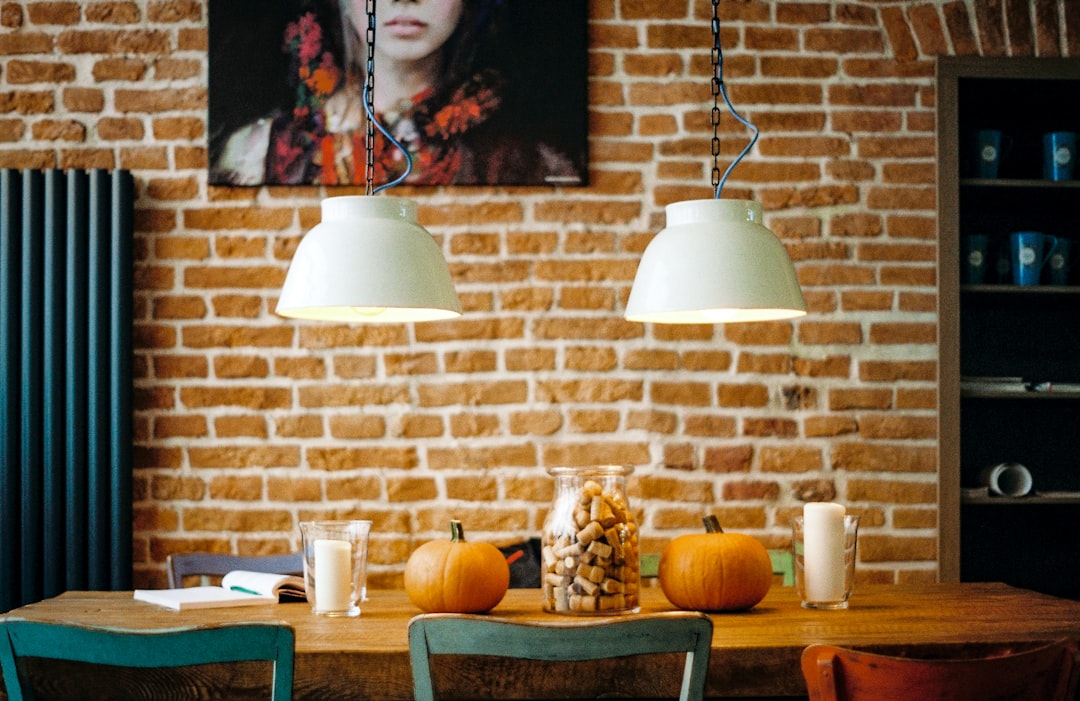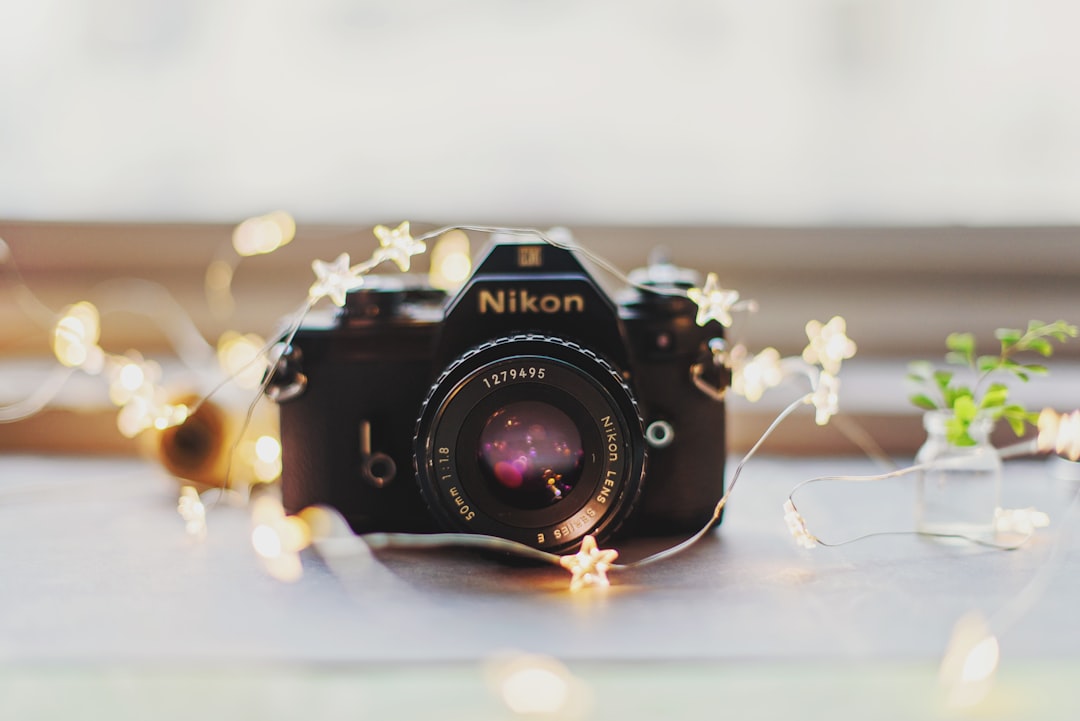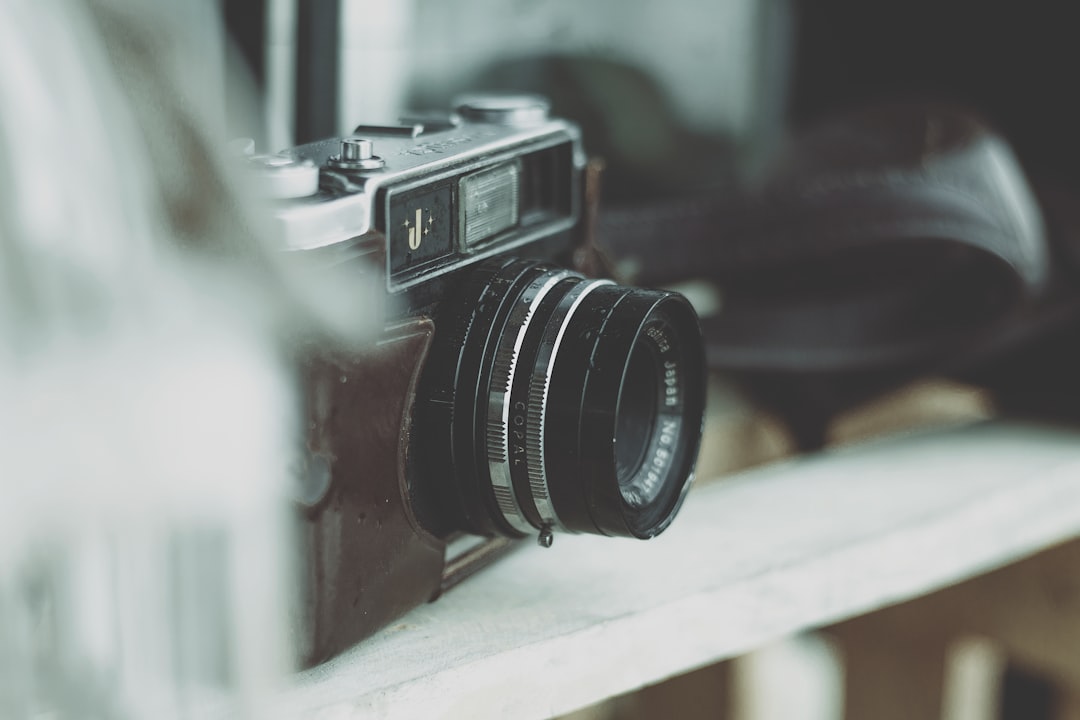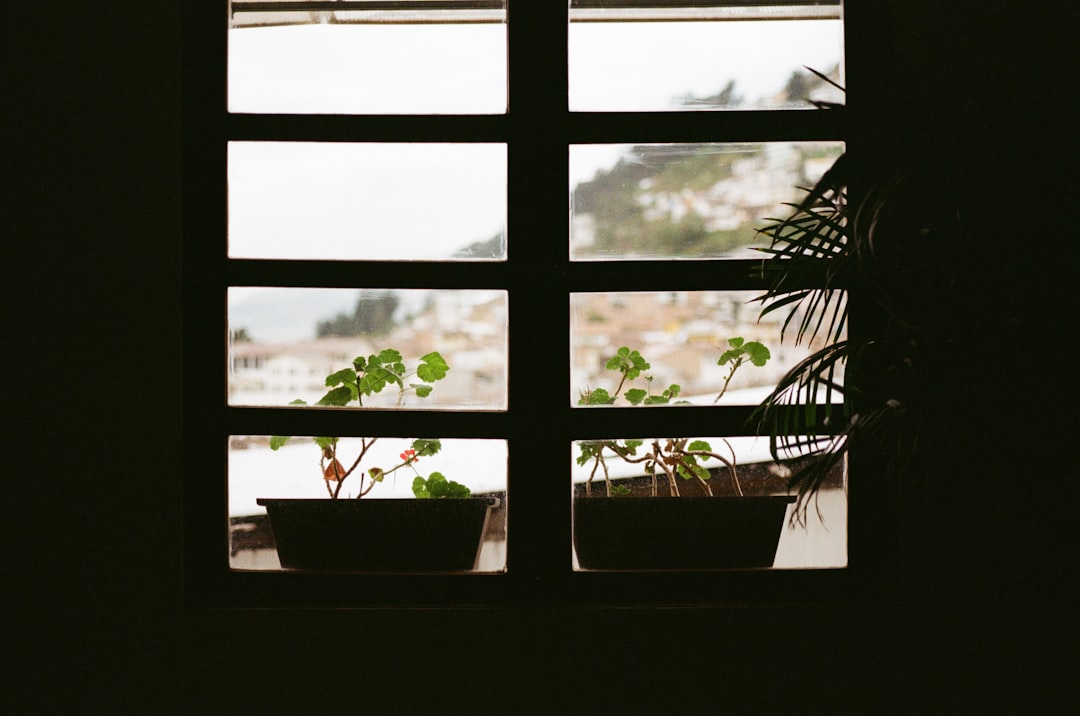Table of Contents
The Complete Guide to Still Life Photography
Still life photography is a great option for expanding your portfolio. It’s also an excellent way to work on new skills, because you can practice posing and framing objects that are less interesting than people or animals.
I recommend starting out with fruit, vegetables, decorative items from around the house, pottery pieces in varying shapes and sizes- anything goes!
Still life photography can breathe new life into any subject. The still photographer’s job is to make every detail count, from the arrangement of a vase on an old piano to arranging objects in front of ornate wallpaper patterns. By experimenting with different arrangements, lighting and compositions you’ll be able to take your subjects out for a breath of fresh air as well as bring them back home again when they need it most! So if you’re interested in trying this yourself there are some tips that will help get started right here.
What is Still Life Photography?
A still life is a work of art that focuses on inanimate subjects. Usually, the subjects are commonplace objects- and can include both manmade items like vases or clothing as well as natural elements such as plants, food products and shells.
Easy still life photography is a great way of adding variety to your work while keeping your work simple, fun and creative. There are lots of different subjects, such as vegetables, flowers and fruits that can be used to create interesting images.
The main thing to remember is that still life is about placing objects in the center of the frame, in a way that makes them interesting, rather than focusing on the individual objects.
What are still life photos?
Firstly, I would like to share with you some information about still life photography. These are photos that capture objects in natural or formal settings. They are usually taken to be used in magazines, advertising, or other forms of art.
The definition of a still life can vary depending on the purpose and context. However, for the sake of our discussion, we are only going to be referring to a still life photograph that is taken to be used in advertising.
It should be noted that a still life is a very broad term and can include a variety of different styles. A still life can be a formal or natural setting, an object, a still life photo can be either artistic or commercial, etc.
This type of photography can be quite complex and challenging because it requires many different skills. It can be difficult to convey the atmosphere or mood of the photo without overusing props, colors, or lighting.
One of the most important skills to have when taking still life photographs is the ability to shoot quickly. It’s essential to capture the moment and not miss the chance to get a great shot.
Another key skill to have is the ability to compose the subject in such a way that it draws the viewer into the photo. It’s important to make sure that the objects are the focal point and not the background.
Lastly, the best images are ones that tell a story. This can be done by telling the viewer what’s happening in the scene or through the use of a narrative element.
Improve Your Skills with Still Life Photography
Still life photography is a great way to explore the art of lighting and composition without being subject to other people’s schedules or changes in location. You can use your environment as an inspiration for still lifes, combining found objects with natural light to create scenes that are beautiful on their own but also serve as ideas for different compositions you might want try later.
Still life photography is a great way to show off your skills in the field of art. When you take common objects and turn them into interesting works of art, it shows potential clients what’s possible when they hire you for their own projects.
Different Types of Still Life Photography
The still life photography genre is expansive and has many different subcategories. Some of the most popular are:
Tabletop Photography
Tabletop photography is a great way to get started in still life. Shooting small objects on a table can be an excellent creative outlet for photographers of any level, and it’s one of the most popular categories for those just starting out. The photographer has complete control over what they shoot as long as everything fits on their tabletop and isn’t living so you could make anything your muse!
Product Photography
Product photography is a type of still life, but with one major distinction. In product photography the main goal is to provide an image that displays a clear view of the object without distractions so as not to detract from it’s overall appearance and value. Still lifes are more artistically driven by focusing on unique angles or perspectives which allow for greater artistic expression while showcasing inanimate objects.
Product Photography: Ideas and Inspiration for Your Next Shoot
Food Photography
Food photography is a subset of still life that often centers on depictions of food in an attractive way. However, compared to product photography which only has the subject as focus, food photographers have more control over what other items are included around their subjects such as tableware and additional pieces like bread or cheese boards.
Found Object Photography
Found object art is one of the most intriguing forms that can be created. It could also considered a branch of still life, but it has to do more than just having an interesting subject matter.
Art is used to express many different emotions and thoughts. Found object art can be an interesting conversation starter, as it delves into topics that people might not normally think about at first glance.
Still Life Photography Equipment
Still life photography is a great way to get started in the world of art. One advantage that still life photos have over other types of photographs is they don’t take much time or equipment. If you’re just starting out, your studio can be as simple as having some things on a table by the window! But when it comes to taking professional-looking shots, there are certain pieces of gear needed for success–lighting being top among them
Still Life Photography Lighting
As an artist, you should always be thinking about lighting. It can change the mood of your ordinary object by either making it look professional or make a boring picture more exciting to view without changing any other parts of the photo.
Light Reflectors
A light reflector is the most affordable and easy way to take better photos. Using a simple light reflector, you can manipulate natural lighting without additional equipment. You may want to soften shadows or highlight textures with your artificial lights – it’s all possible when using just one tiny device!
This 5-in-1 collapsible light reflector is available for about $20 and includes white, silver, gold, translucent, and black surfaces. This versatile tool will make it easy to snap the perfect shot whether in a studio or outdoors with natural lighting – making your photography skills look even more professional! Alternatively you can easily create this useful item yourself by using tinfoil from the kitchen drawer and some old cardboard boxes.
Speedlights and Strobes
If you’re looking to create professional-looking photos, one way to do that is by using off-camera light. A speedlight or strobe will give your images a more polished look and let you use interesting techniques such as low key photography (learn all about it in the “Still Life Photography Ideas” section).
A speedlight (sometimes called a flashgun or hot shoe flash) is an affordable option for photographers looking to get started. They’re more than enough for most still life photography and offer some great features that strobes don’t have, like the ability to adjust light intensity by tweaking settings and built-in modeling lights which help you figure out where your lighting will be best suited in photos.
Softboxes
Have you ever taken a photo of someone and had to deal with ugly shadows? It can be really difficult to get the right lighting, but softboxes make it much easier. Softboxes are boxes that soften light coming from your camera’s flash or strobe so you don’t have those harsh shadows in your photos anymore!
Lenses for Still Life Photography
Still life photography is a great field for the beginner photographer because it allows you to hone your skills and try different techniques without having too much pressure. In fact, in still life photographs all of the objects are stationary so there’s less chance that something will go wrong! You don’t need an assortment of expensive lenses either; just one or two quality ones should suffice. One thing to keep in mind when choosing which lens thicknesses best suit your needs: if nothing moves then wide angle shots aren’t necessary!
If you’re looking for more creative compositions when photographing still lifes, close up and macro lenses will do the trick. These types of lens offer a low minimum-focus distance which allows you to get as close to your subject as possible.
Telephoto lenses are a great choice for still life photography. For example, let’s say you’re shooting a classic still life of flowers in vase with telephoto lens and can choose the focal point flower to be out focus while other ones around it would have depth of field.
Cameras for Still Life Photography
Still life photography is a low-stress type of shooting. You can set up the scene and have no worries about having to adjust your camera settings every time you move it, because most shots will be taken indoors with plenty of light manipulation options available. This means that even though there’s less technical work involved in still life shoots than other types, it doesn’t mean you need an expensive or high-end model for all those bells and whistles like weatherproofing or rapid continuous modes; any old DSLR would do just fine!
Cropped Sensor Cameras
Still life photographers often need a good camera to take their photos, but it’s not always necessary. That is because the type of lens that they use can affect how wide or narrow things will come out in an image. Cropped sensor cameras are cheaper than full-frame sensors and offer some advantages for still life photography, even if there might be shortcomings with lenses used on these types of cameras.
Choosing backgrounds
You don’t want the background of your still life to be too much because it can take away from what you’re trying to showcase. For a natural look, go with white and use cardboard or tablecloth as backdrop. If you are looking for something more creative there’s plenty of options like using canvas that has some color and texture on it which will add flair but make sure not to distract viewers by choosing backgrounds that have their own design elements in them such as patterns or light colors.
If you’re not sure what colors to use in your portrait painting, keep it neutral. Colors that are too bright will be off-putting and the subject of your artwork might look washed out or blend into a background color.
DSLR vs. Mirrorless cameras: Which is better for you?
An Overview of DSLR Cameras: What is a DSLR Camera?
Some easy still life photography ideas
As a professional in this field, I know that inspiration is key. Here are some ideas to get your creative juices flowing!
- When photographing still lifes, try to get creative with the objects you use. You don’t have to stick with traditional subjects like fruit in a bowl; there are plenty of great examples online that feature leaves, tools or moldy food- just name a few.
- Once you’re finished with the latest celebrity gossip and your favorite social media apps, take a break from technology. Dig into some old objects that have been collecting dust in your house to see what other interesting things are waiting for discovery beneath their raggedy surface.
- Flat lay photography is a great way to simplify your composition. This style involves arranging objects on table or other surface and shooting directly from above, which requires no need for worry about gravity!
- You can do low key photography for moody shots. This involves shooting dark scenes that focus on light, and keeps the background black so your subjects are highlighted.
Do you always want your images to look like they were taken in a professional studio? First, adjust it to use very fast shutter speed – so no ambient light leaks into the image, low ISO settings-so there is not much noise in your final photos and narrow aperture-to focus on where you want that person/object within each frame (ex: if they are at an angle). Next time when shooting flat lay compositions against black backgrounds make sure you shoot them from different angles to showcase more than just one side.
The following are some of our favorite easy still life ideas:
1. Arrange objects in a pleasing way.
• Arrange items in a way that is visually appealing, for example by arranging items on a table in a line or a circle.
• Arrange items in a pattern.
• Take photos of objects arranged in a group, such as a bouquet, a collection of items, a stack of plates, or a number of bottles.
2. Add light and shadow to your image.
• Use a diffused light source, such as a lamp, candle or torch.
• Use the light of dawn, dusk, sunset or sunrise.
• Use the light of a full moon.
• Place your subject close to a window to capture the light from a bright window, or use a flash.
• Use a flash to light your subject, or use flash to illuminate an object, such as a book, glass, pot or flower.
3. Use a macro lens.
• Take photos of small objects such as flowers, pebbles, insects and spiders.
4. Take a photo of a food item.
• Experiment with different settings for your camera, such as aperture, shutter speed and ISO.
5. Try different colour combinations.
• Create a collage of objects made of different coloured papers.
• Mix your colours using paint, pencils and ink.
• Take photos of food using a macro lens and use special filters to add colour to your photos.
6. Play with shapes and textures.
• Play with the shapes and textures of objects, such as using a spoon to make shapes in food.
• Experiment with a variety of backgrounds, including natural scenes, plain walls, interesting textures, and patterns.
7. Create a photo montage.
• Use Photoshop to combine several images into a montage.
8. Get inspired by artists.
• Check out the work of artists, especially painters and photographers, and copy their techniques.
9. Find a subject you like.
• Take photos of flowers, fruits, vegetables, and vegetables.
• Photograph leaves, grass, rocks and other garden items.
10. Use your imagination.
• Capture the essence of your subject by trying out different ways to photograph it, such as holding your camera in different ways, adding props, moving your subject, or capturing its reflections.
11. Take a photograph of your family.
• Find a unique way of portraying your family.
12. Look for the best angles.
• Take a photo from unusual angles, such as upside down, or from low, high and diagonal perspectives.
13. Capture a scene in motion.
• Make an action photo of a flowing stream, river, waterfall, waves, cars, boats or airplanes.
14. Take a photo of a landscape.
• Choose a beautiful landscape or a simple scene to photograph.
• Photograph the landscape in different seasons, at different times of day, and with different weather conditions.
15. Find a great location.
• Photograph your subject against a plain background.
16. Take a photo of a plant.
• Make a photo of your plant, either close-up or as a whole plant.
17. Photograph a person.
• Try to include the eyes and mouth of your person.
• Make a self-portrait.
18. Make a picture of a place.
• Take a photo of your favourite places.
19. Take a photo of a building.
• Photograph buildings with a distinctive shape, such as a church, roundabout, or fountain.
20. Take a photo of a cityscape.
• Photograph a cityscape with a lot of activity, such as people walking, running, cycling and driving.
21. Take a photo of a person’s hand.
• Photograph someone’s hands, which are often in good condition because they don’t work too hard.
22. Create a photo collage.
• Arrange several photos of a subject to make a collage.
23. Photograph an object.
• Take a photo of something that is unique, such as a book, leaf, rock, or plant.
24. Make a photo album.
• Use a scanner or digital camera to make a photo album, either by scanning photos into a computer or taking photos directly onto a disc or memory card.
25. Create a photo mosaic.
• Arrange several photos of a subject into a pattern.
26. Photograph a pet.
• Choose a pet that is easy to handle, and photograph it.
27. Create a photo puzzle.
• Use a puzzle to make a photo puzzle.
29. Make a still life with a series of photos.
• Choose a subject that has a strong visual impact, such as a flower, bottle, plate or vase.
Final thoughts
The best way to learn about still life photography is to practice, practice, practice! This is true with any new skill, and if you’re serious about mastering photography, you should expect to put in a lot of time and effort.
However, since still life photography is such a great form of expression, it’s easier than ever to learn a few basic techniques. All you need is a camera and a subject that has a lot of depth.
Still life photography can be as complex as you’d like it to be, but the following three tips will help you start creating your own beautiful images.
When you have a clear idea of what you want to photograph, it’s a great idea to start planning ahead. Think about what kind of lighting you need, whether you need a tripod, and where you’ll be taking your photos.
Also, it’s a good idea to think about the background, too. If you’re going to be photographing an interior, you’ll probably want to consider putting up some curtains. If you’re shooting in a garden, you’ll want to think about what flowers you want to use.
Finally, when you’re thinking about what you’re going to photograph, you’ll want to look at your subjects. Look at them from different angles to see how they’ll look from different perspectives.
Still Life Photography Ideas












Conclusion
Still life photography has many benefits. It is a form of art that does not require a lot of equipment. You just need a camera and a light source. In addition, it does not take long to master this type of photography.
It is also a very relaxing and meditative form of photography. There is a reason why many people enjoy still life photography.
You can see the benefits of still life photography in these examples:
– You can make beautiful and interesting images of flowers.
– You can capture a sense of peace and tranquility.
– You can capture moments of serenity and beauty.
– You can capture the moment when everything seems perfect.
As you can see, you can use this type of photography to capture different moments of your life.
If you are interested in honing your still life photography skills, this complete guide is a great place to start. We hope that these pointers help provide an excellent starting point for anyone who wants to take their photos from good to great! What do you think? Do any points strike a chord or resonate with what you’ve experienced as a photographer?






1 thought on “The Complete Guide to Still Life Photography”
Comments are closed.